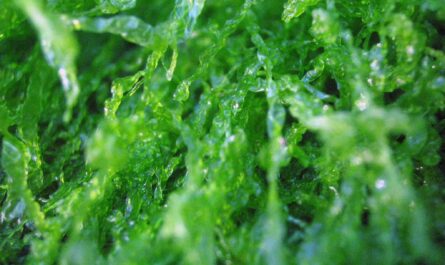In a groundbreaking study conducted by researchers at the University of Tsukuba in Japan, it has been discovered that consuming non-alcoholic beverages that taste like beer or cocktails can significantly reduce alcohol intake and potentially help excessive drinkers cut back on their alcohol consumption.
Excessive drinking is a widespread public health concern with severe consequences for individuals and society. Excessive alcohol consumption can lead to various health issues such as high blood pressure, heart disease, stroke, and liver disease. It also contributes to serious societal problems like traffic accidents and domestic violence.
In recent years, there has been a surge in the popularity of non-alcoholic beverages, including beers, wines, spirits, and cocktails that mimic the taste of their alcoholic counterparts but contain no alcohol. The question arises: do these non-alcoholic alternatives have any effect on alcohol intake? The study by the University of Tsukuba suggests that they do.
The research team recruited 123 participants aged 20 and older who were classified as excessive drinkers, meaning they consumed alcohol on four or more days per week, with men drinking at least 40 grams and women drinking at least 20 grams on each of those drinking days. Participants with alcoholism or a history of liver disease were excluded from the study.
The participants were randomly divided into two groups: the intervention group and the control group. The intervention group received non-alcoholic beverages once every four weeks for a total of 12 weeks, while the control group did not consume any non-alcoholic beverages. All participants recorded their alcoholic and non-alcoholic beverage consumption in a drinking diary for up to 20 weeks. The primary goal of the study was to measure the change in total alcohol consumption during the past four weeks, specifically at the 12-week mark.
It is essential to note that the definition of a “standard drink” varies internationally. In Japan, where the study was conducted, a standard drink contains 10 grams of pure alcohol. The median baseline alcohol consumption for both groups was similar, with the intervention group at 996.0 grams and the control group at 887.5 grams.
The researchers found that by week 12, the intervention group showed a change in alcohol consumption of -320.8 grams compared to -76.9 grams in the control group. On average, alcohol consumption was reduced by 11.5 grams per day in the intervention group, which is slightly more than a standard drink.
Interestingly, the control group also displayed a reduction in alcohol consumption of 2.7 grams per day by week 12. This decrease was attributed to the control group members having to keep track of their drinking habits in the drinking diary.
However, the changes in both alcoholic and non-alcoholic consumption gradually weakened after week 8. By week 20, there was no significant correlation between the two measures, with alcohol consumption at -276.9 grams in the intervention group and -126.1 grams in the control group. The researchers hypothesize that this weakening correlation was due to participants consuming all the available non-alcoholic beverages. Further research is needed to confirm this hypothesis.
Nevertheless, the researchers highlight that the reduction in alcohol consumption in the intervention group, still observed at week 20, suggests that behavioral modification may have taken place. This finding is considered beneficial in terms of public health.
In conclusion, the study’s results suggest that providing non-alcoholic alternatives can be an effective strategy for reducing alcohol consumption in individuals who engage in excessive drinking. The findings have significant implications for public health interventions and policies aimed at addressing the global issue of excessive alcohol consumption.
*Note:
1. Source: Coherent Market Insights, Public sources, Desk research
2. We have leveraged AI tools to mine information and compile it



